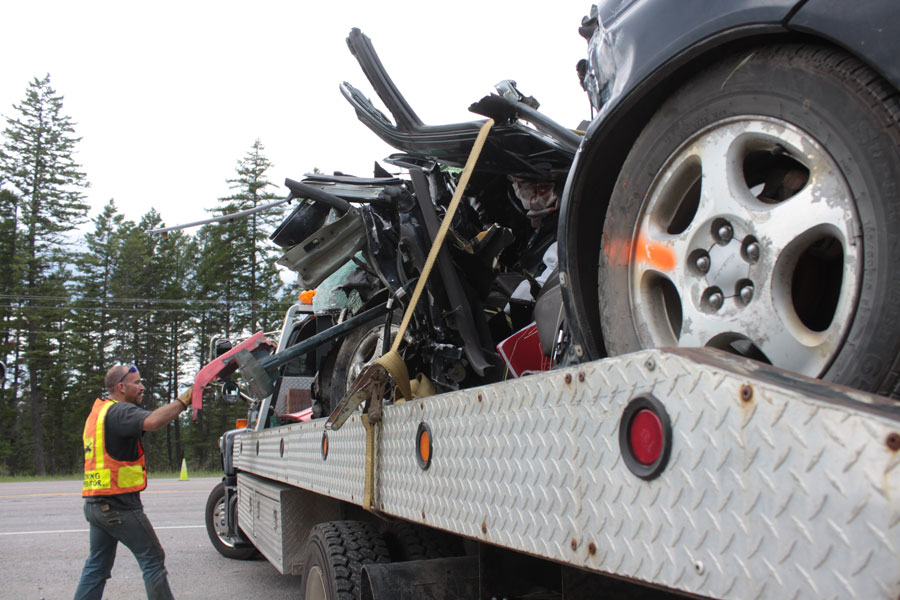One hundred eighty-five people have died on Montana’s roadways in 2016, a 13 percent drop from this time last year.
Despite the slight dip in fatalities from 2015 when 224 people were killed on Montana’s roads, including nine in the final two weeks of December, Montana Department of Transportation Director Mike Tooley said more needs to be done to save lives.
“The goal is zero deaths, so 185 is still nowhere near where we need to be,” Tooley said. “No traffic fatality is acceptable and for too long in this state it’s just been accepted that people die in traffic accidents, but it doesn’t have to be that way.”
Montana has long had one of the highest traffic fatality rates in the nation. In 2013, 229 people were killed in traffic accidents. The following year, it dropped significantly to 192, just the second time in 18 years that the number of fatalities dipped below 200. But in 2015, it jumped again by 17 percent.
Officials say it’s hard to pinpoint the fluctuation in numbers, although it’s partly attributed to weather and gas prices. A tamer winter can mean fewer fatalities, but lower gas prices can result in an increase in wrecks because more drivers are on the roads. Tooley said the leading causes of traffic fatalities in Montana are high speeds, people not wearing seatbelts and impaired driving.
In an effort to curb the trend and reduce the number of fatalities on the state’s highway system, MDT launched Vision Zero in 2014. The program, which has been used across the country and around the world since the 1990s, focuses on four areas: education, enforcement, engineering and emergency medical response. While ensuring roads are well engineered and seatbelt laws are enforced, Tooley said the most critical piece of the program is education. At the center of the outreach program is the “Plan 2 Live” ad campaign that addresses the dangers and consequences of drunken driving.
“We’re using every method we can to get the message out,” Tooley said. “And I think people are starting to get our message and are realizing that their actions can prevent fatalities.”
Tooley said he hopes MDT can continue to expand the program in the coming years and is optimistic that the program is making a difference. While 2016 has seen fewer traffic deaths, during the first three months of the year the number of fatalities had more than doubled last year’s pace, with 33 deaths between January and March, compared to 13 during the same time period in 2015.
